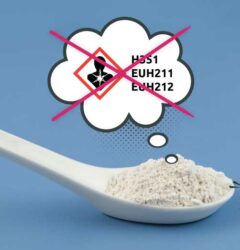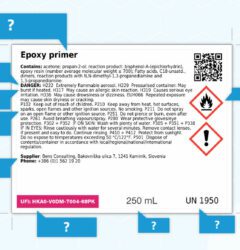24 Aug

We often hear that Regulation (ES) No 1272/2008 (“CLP Regulation“) does not apply to cosmetic products. This, of course, is true, which is most easily seen from the fact that cosmetic products do not have the characteristic pictograms we see on hazardous chemicals. The first article of the CLP Regulation also states that it does not apply to end-user cosmetics.
Despite the above facts, the CLP Regulation nevertheless has a significant impact on Regulation (EC) No 1223/2009 on cosmetic products. For example, so-called CMR substances (carcinogenic, mutagenic, toxic to reproduction), as defined in the CLP Regulation, are not allowed to be used in cosmetic products (except in exceptional cases). Therefore, the CLP Regulation is a source of information for some of the bans that also apply to cosmetic products.
Of course, the Cosmetics Regulation is also being updated on an ongoing basis, but with a delay in comparisson with the updates to the CLP Regulation (also called ATP)
It will apply on 17 December 2022.
Let’s look at the case of the 17.ATP, published on 28 May 2021 which changes and determines the classifications of certain substances. It will apply on 17 December 2022, when substances classified as CMR will no longer be allowed to be present in cosmetic products.
In the coming months, an update of the Regulation on cosmetic products will certainly be published, which will take into account these prohibitions or restrictions, but I want to show you that by monitoring related legislation, you can overtake legislators for more than half a year and gain important information that can affect your products.
If you are short on time or need help understanding and monitoring any changes in chemical legislation, we are here to help. We are only one phone call or e-mail away.



Bine Ledinek